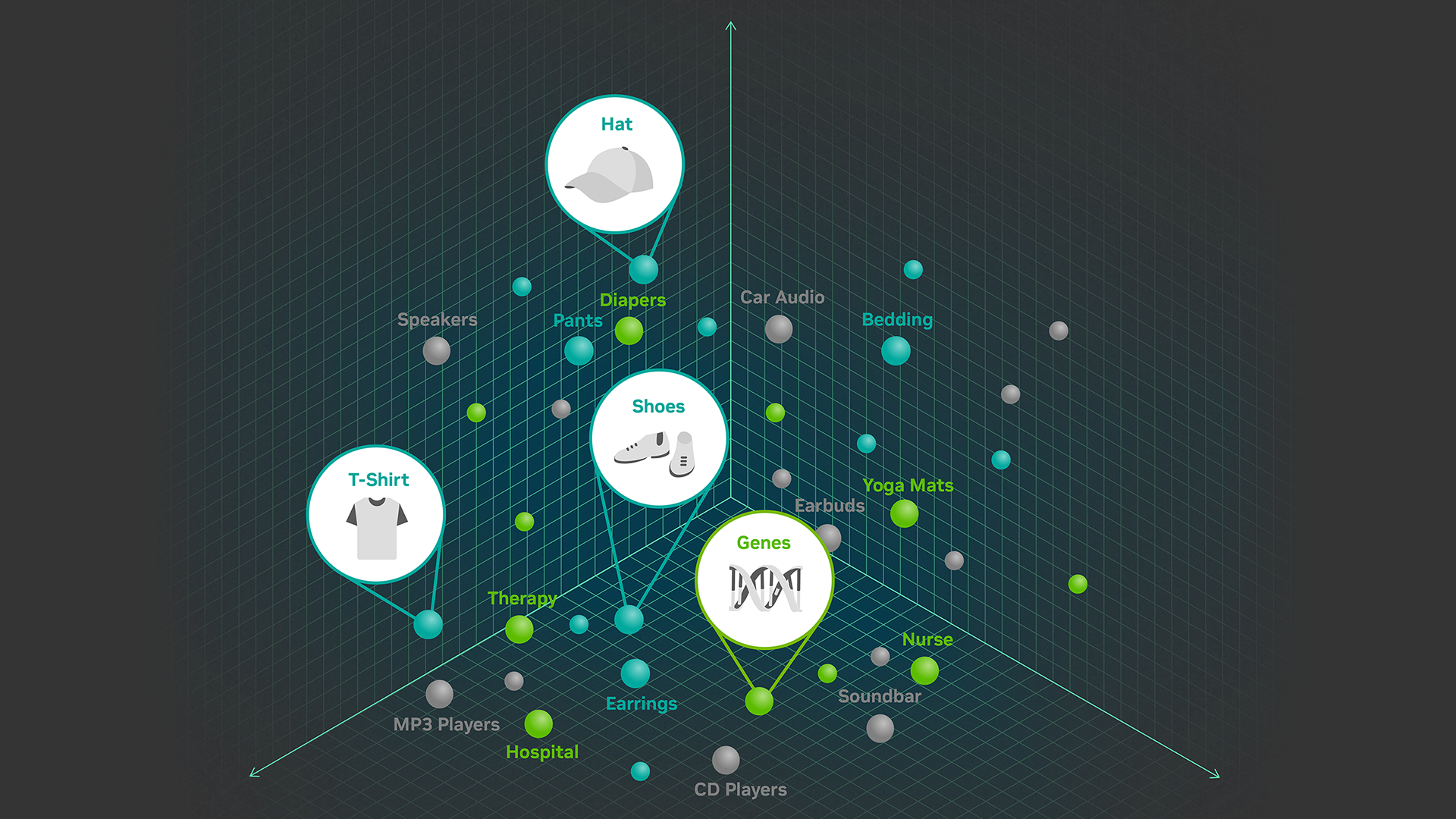Blog
Optimizing Vector Search for Indexing and Real-Time Retrieval with NVIDIA cuVS

Introduction to Vector Search Optimization
In the evolving landscape of data retrieval, vector search plays a crucial role in facilitating accurate and efficient information access. With the massive increase in data generation, traditional methods of indexing and retrieval may fall short. This is where advanced technologies come into play, such as NVIDIA’s cuVS.
Understanding Vector Search
At its core, vector search utilizes mathematical representations of data points, allowing for proximity search based on similarity rather than exact matches. This technique has gained prominence, especially in fields such as machine learning and natural language processing, where the relationships between data points matter more than their specific values.
The Need for Optimization
As organizations accumulate vast amounts of data, the inefficiencies of conventional search mechanisms become evident. Indexing can become slow and cumbersome, leading to delays in retrieving necessary information. Optimizing vector search can significantly improve performance, making real-time data retrieval feasible and effective.
Introduction to NVIDIA cuVS
NVIDIA cuVS (CUDA Vector Search) is an advanced library designed to enhance the speed and efficiency of vector searches. Built on CUDA architecture, it leverages parallel processing capabilities to handle large data sets with ease. By utilizing GPU resources, cuVS can perform complex operations more rapidly compared to traditional CPU-based methods.
Features of NVIDIA cuVS
1. Rapid Indexing
NVIDIA cuVS accelerates the indexing process, enabling organizations to build searchable databases swiftly. This is particularly beneficial for real-time applications where quick access to information is vital.
2. Real-Time Retrieval
One of the standout features of cuVS is its ability to conduct real-time searches. Users can query large datasets and receive results almost instantaneously, making it an essential tool in scenarios where timing is critical.
3. Scalability
As data volumes grow, scalability becomes a concern. cuVS is designed to handle increasing amounts of data effortlessly, ensuring that performance does not degrade as more information is added.
The Technology Behind cuVS
NVIDIA cuVS harnesses the power of the CUDA parallel computing platform, which allows developers to perform multiple calculations simultaneously. This is particularly useful in vector search, where the comparison of data points can be computationally intensive.
GPU Acceleration
The GPU’s architecture is optimized for handling multiple threads, making it suitable for operations inherent in vector searches—such as distance calculations and similarity measures. This results in significantly reduced search times, providing a seamless user experience.
Improved Algorithms
The algorithms integrated into cuVS are also a game-changer. By leveraging optimized data structures and advanced mathematical models, cuVS streamlines the search process, ensuring that the most relevant results are delivered with the least delay.
Use Cases for Vector Search Optimization
Understanding where to apply vector search optimization is crucial for organizations looking to leverage this technology.
1. E-commerce Recommendations
In e-commerce, personalization is key. By implementing optimized vector search, businesses can provide tailored recommendations to users based on their browsing and purchasing history. This not only enhances user satisfaction but also boosts conversion rates.
2. Content-Based Image Retrieval
For industries dealing with images, such as media and entertainment, efficient retrieval of similar images is vital. Vector search can facilitate more effective content discovery, ensuring users find what they are looking for quickly.
3. Natural Language Processing
In the realm of NLP, vector search is indispensable for understanding word relationships and semantics. Optimizing retrieval mechanisms can significantly improve tasks such as sentiment analysis, translation, and chatbots, making interactions more fluid and accurate.
Best Practices for Implementing cuVS
To maximize the benefits of NVIDIA cuVS, organizations should adopt specific best practices during implementation.
1. Data Preparation
Effective data preparation is crucial. Ensure that the data is clean, well-organized, and properly structured before indexing. This lays a strong foundation, facilitating more efficient searches.
2. Choosing the Right Data Types
Selecting appropriate data types and structures can greatly enhance search performance. Understanding the nature of your data allows you to tailor your indexing strategy effectively.
3. Tuning Parameters
NVIDIA cuVS offers various parameters that can be tweaked to optimize performance. Regularly review and adjust these parameters based on your specific use case and performance requirements.
Measuring Performance Improvements
Once cuVS is implemented, it’s essential to track performance metrics to evaluate the impact of vector search optimization.
1. Response Time
Monitor the response time of queries to assess improvements. A significant reduction in retrieval times indicates successful optimization.
2. Indexing Speed
Evaluate how quickly data is indexed. Faster indexing times suggest that the cuVS implementation is functioning as intended.
3. User Satisfaction
Gather feedback from users regarding their search experience. If users report a more efficient and satisfactory experience, this is a clear indicator of the success of the optimization efforts.
Conclusion
The demand for efficient data retrieval is more pressing than ever. With NVIDIA’s cuVS, organizations can tap into the power of vector search optimization, enabling rapid indexing and real-time retrieval. By utilizing GPU acceleration and advanced algorithms, businesses can enhance their data access strategies, ultimately leading to improved operations and user satisfaction.
Investing in vector search optimization not only addresses current challenges in data retrieval but also positions organizations to cope with future demands. Embracing technologies like NVIDIA cuVS is essential for staying competitive in a data-driven world.
